Filter by

Re-Cording Lives: Governing Asylum in Switzerland and the Need to Resolve
Administrative asylum procedures are permeated by tensions between rationalities of legality, efficiency, and deterrence in asylum casework and their various effects on cases. Based on ethnographic research in the Swiss asylum administration, this book unveils the pragmatics and politics of rendering asylum cases resolvable by re-cording the lives of applicants in terms of asylum. With his read…
- Edition
- -
- ISBN/ISSN
- 9783839453490
- Collation
- -
- Series Title
- -
- Call Number
- 351.81 POR r
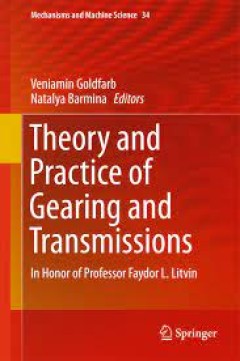
Theory and Practice of Gearing and Transmissions In Honor of Professor Faydo…
This book brings together papers from all spheres of mechanical engineering related to gears and transmissions, from fundamentals to advanced applications, from academic results in numerical and experimental research, to new approaches to gear design and aspects of their optimization synthesis and to the latest developments in manufacturing. Furthermore, this volume honours the work of Faydor L…
- Edition
- -
- ISBN/ISSN
- 978-3-319-19740-1
- Collation
- IX, 450
- Series Title
- -
- Call Number
- -

Queer Turkey: Transnational Poetics of Desire
Before President Erdogan's repressive politics took hold, queer cultures were more visible than ever in Turkey. Queer Turkey offers a broad range of reflections on queer Turkish cultures within a transnational, Euro-American context. Based on his experience in Istanbul, Ralph J. Poole shares his impressions of queer desires between Muslim tradition and global pop, observes what goes on in the h…
- Edition
- -
- ISBN/ISSN
- 9783839450604
- Collation
- -
- Series Title
- -
- Call Number
- 306.768 POO q
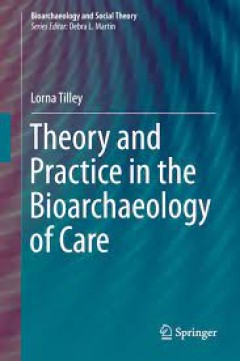
Theory and Practice in the Bioarchaeology of Care
This book provides the first comprehensive introduction to, and explanation of, the theory and practice of the ‘bioarchaeology of care’, an original, fully theorised and contextualised case study-based approach designed to identify and interpret cases of care provision in prehistory. The applied methodology comprises four stages of analysis, each building on the content of the preceding on…
- Edition
- -
- ISBN/ISSN
- 978-3-319-18860-7
- Collation
- 13 b/w illustrations, 31 illustrations in colour
- Series Title
- -
- Call Number
- -
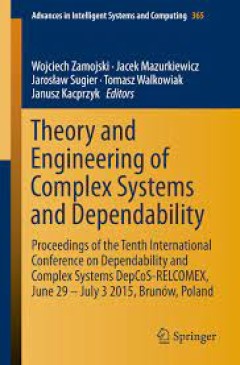
Theory and Engineering of Complex Systems and Dependability Proceedings of t…
Building upon a long tradition of scientifi c conferences dealing with problems of reliability in technical systems, in 2006 Department of Computer Engineering at Wrocław University of Technology established DepCoS-RELCOMEX series of events in order to promote a comprehensive approach to evaluation of system performability which is now commonly called dependability. Contemporary…
- Edition
- -
- ISBN/ISSN
- 978-3-319-19216-1
- Collation
- 221 b/w illustrations
- Series Title
- -
- Call Number
- -

Public Space in Transition: Co-production and Co-management of Privately Owne…
Teheran-ro in Seoul and Mediaspree area in Berlin are pristine examples for public spaces with a history of rapid change in the context of broader political and economic transitions. Dahae Lee shows that in such a transitional context, the public sector alone is incapable to provide and manage public space. Hence, it engages private sector entities in the form of privately owned public space/s …
- Edition
- -
- ISBN/ISSN
- 9783839462324
- Collation
- -
- Series Title
- -
- Call Number
- 307.2 LEE p
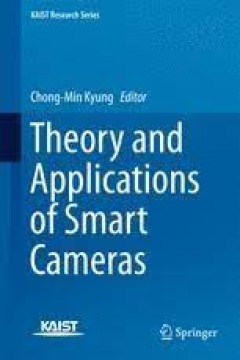
Theory and Applications of Smart Cameras
This book presents an overview of smart camera systems, considering practical applications but also reviewing fundamental aspects of the underlying technology. It introduces in a tutorial style the principles of sensing and signal processing, and also describes topics such as wireless connection to the Internet of Things (IoT) which is expected to be the biggest market for smart cameras.
- Edition
- -
- ISBN/ISSN
- 978-94-017-9987-4
- Collation
- 67 b/w illustrations, 135 illustrations in colour
- Series Title
- -
- Call Number
- -
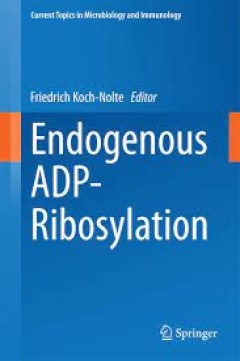
Endogenous ADP-Ribosylation
This volume gathers the latest exciting findings on ADP-ribosylation from renowned experts in the field. It includes ten chapters, organized into the following three thematic sections: · Evolution and detection of endogenous ADP-ribosylation · ADP-ribosylation by the ARTC family of ADP-ribosyltransferases (R-S-E ARTs) · ADP-ribosylation by the ARTD family of ADP-ribosyltransfe…
- Edition
- -
- ISBN/ISSN
- 978-3-319-10771-4
- Collation
- VIII, 213
- Series Title
- -
- Call Number
- -
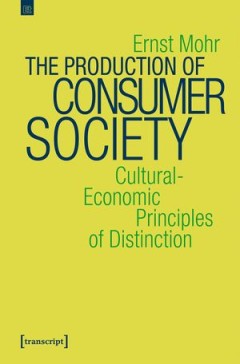
The Production of Consumer Society: Cultural-Economic Principles of Distinction
With a novel quality theory of consumption which treats opulence and self-restraint in consumption styles symmetrically, Ernst Mohr shows how social distance and proximity are communicated by consumption and produced by communication. He positions fringe styles with those of the mainstream in an overall stylistic system of society and analyses their encounters. Rigorously derived, the approach …
- Edition
- -
- ISBN/ISSN
- 9783839457030
- Collation
- -
- Series Title
- -
- Call Number
- 301 MOH p
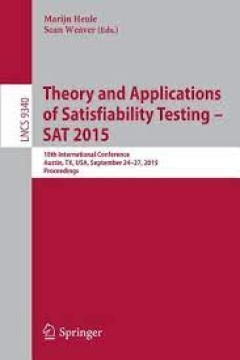
Theory and Applications of Satisfiability Testing -- SAT 2015 18th Internati…
This book constitutes the refereed proceedings of the 18th International Conference on Theory and Applications of Satisfiability Testing, SAT 2015, held in Austin, TX, USA, in September 2015. The 21 regular papers, 2 short papers and 7 tool papers presented together with 3 invited talks were carefully reviewed and selected from 70 submissions. The papers address different aspects of SAT, includ…
- Edition
- -
- ISBN/ISSN
- 978-3-319-24318-4
- Collation
- 94 illustrations in colour
- Series Title
- -
- Call Number
- -
 Computer Science, Information & General Works
Computer Science, Information & General Works  Philosophy & Psychology
Philosophy & Psychology  Religion
Religion  Social Sciences
Social Sciences  Language
Language  Pure Science
Pure Science  Applied Sciences
Applied Sciences  Art & Recreation
Art & Recreation  Literature
Literature  History & Geography
History & Geography